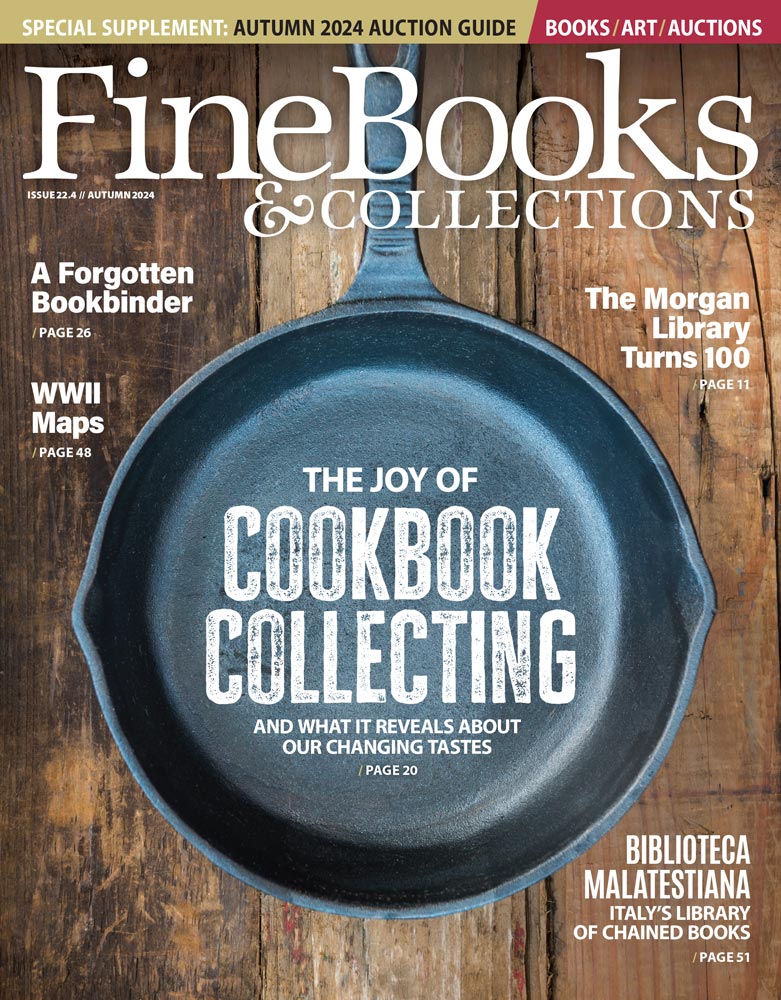December 2014 |
The Bestselling Books of... 1914
It's the end of the year and that means magazines are busy putting together their top ten lists of 2014. Since this is a magazine about collecting books, however, I thought we'd hold down that rewind button a bit longer and take a look at the top ten bestsellers from 1914, as reported by Publishers Weekly. Let's see if any of these bestsellers have withstood the test of time:
In descending order:
10) The Prince of Graustark by George Barr McCutcheon (the fourth novel in a series about court intrigue in the fictional eastern European country of Graustark. McCutcheon was an Indiana author and playwright).
9) The Devil's Garden by William Babington Maxwell (this passionate novel about obsession and adultery was banned by circulating libraries, a move which of course launched it onto the bestseller lists. W.B. Maxwell, mostly forgotten today, was praised by Sir Arthur Conan Doyle as the greatest of British novelists).
8) Diane of the Green Van by Leona Dalrymple (an historical romance novel that won its author a $10,000 prize in 1914. Besides that rather random bit of trivia, I haven't found much online about Ms. Dalrymple).
7) Penrod by Booth Tarkington (the first entry in a popular series of comic sketches about Penrod Schofield, a young boy growing up in the Midwest. Also turned into a popular series of films. Tarkington was a perennial bestseller in addition to being a critical darling in the early 20th century. He won the Pulitzer Prize three times).
6) T. Tembarom by Frances Hodgson Burnett (a 1913 bestseller as well, T. Tembarom is a romantic novel about an American street waif suddenly transported into a role as a lord of the manor in rural England. Burnett was the popular author of the children's classic, The Secret Garden, seen here in one of her adult offerings).
5) The Fortunate Youth by William J. Locke (a rags-to-riches story about the rise of a young American through the strata of society with the aid of natural beauty and good luck. One of five novels by this British novelist to make it on to the bestseller lists).
4) The Salamander by Owen Johnson (a psychological study of a liberated woman in the post-Victorian age and an influential text for Zelda Fitzgerald and other flappers of the 1920s. Johnson was primarily known for his Dick Stover stories and would become a war correspondent for the New York Times during WWI).
3) The Inside of the Cup by Winston Churchill (this theological novel about the role of Christianity in modern life was the number one bestseller of 1913. This particular Winston Churchill was an American novelist and not the future Prime Minister of England. Churchill already had a few bestsellers under his belt and would soon withdraw from public life).
2) Pollyanna by Eleanor H. Porter (the first in popular children's series, now considered classics, about a young orphan sent to live with her rich but cold aunt in Vermont. Porter, a popular novelist, was in the second year of a five-year run on the bestseller lists).
1) The Eyes of the World by Harold Bell Wright (the number one bestseller of the year was a morality play about several artists and art patrons in Southern California. Wright was a household name in the era and may have been the first novelist to make $1 million from his writing and the first to have sold over 1 million copies of his novels. Wright is today almost entirely forgotten except in the odd bit of trivia about bestselling novelists).
So, one hundred years later, what has survived? Pollyanna is the only book on the list still actively read by citizens of the 21st century. Burnett is also still frequently read, although she is mostly remembered now as a children's, rather than an adult, novelist. And Tarkington, while a bit more obscure, still has his fans. The other seven authors on the list, however, have largely been forgotten.
But are there any enthusiasts out there? Do these authors have any collectors today? If so, please tell us about your collection in the comment section below.















